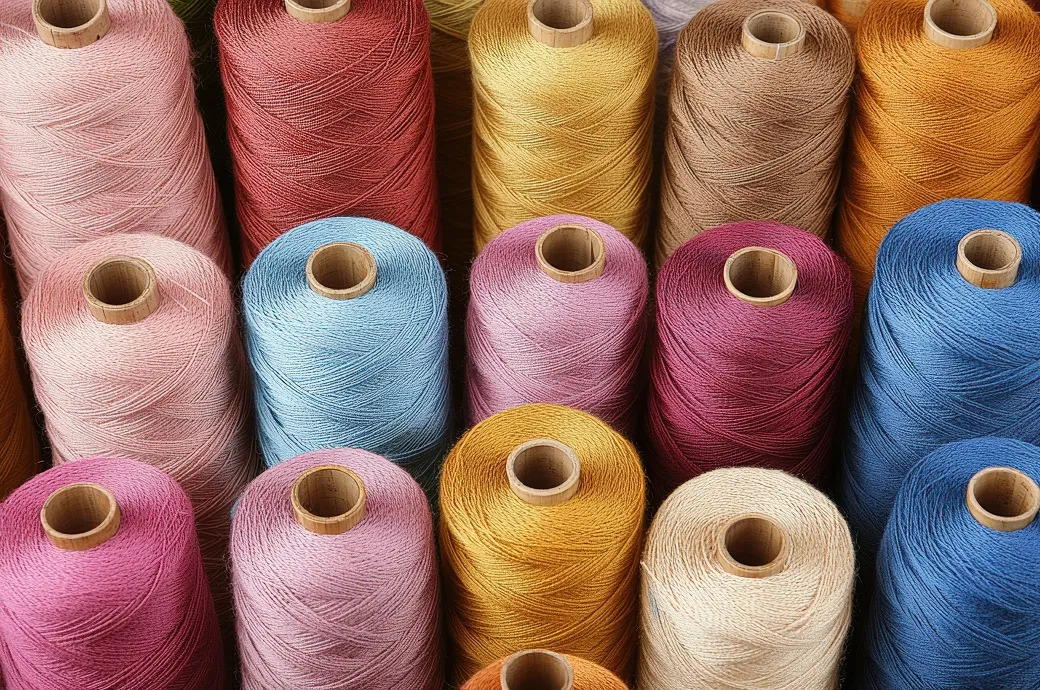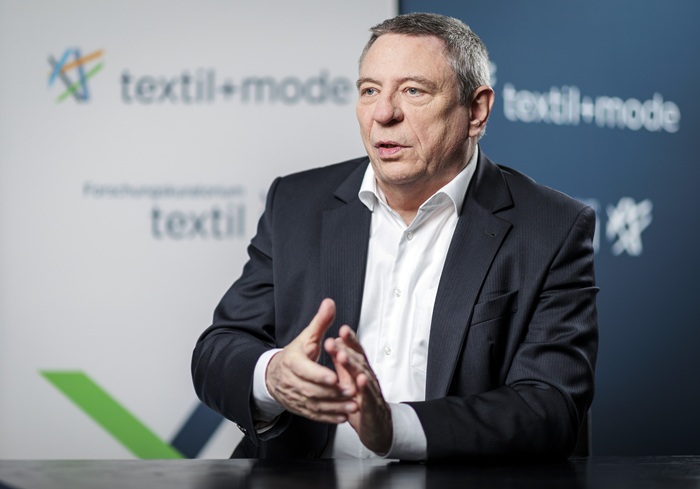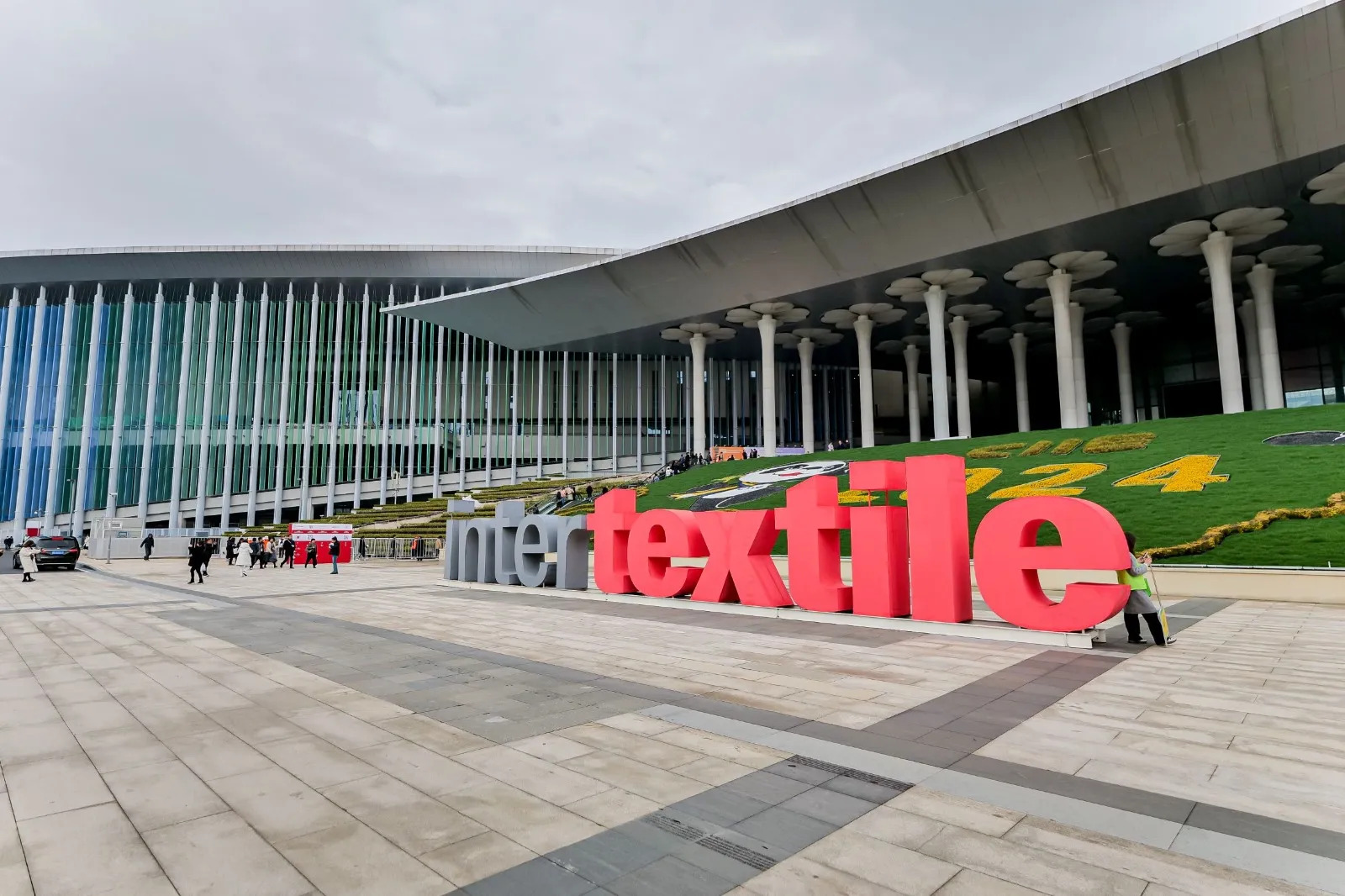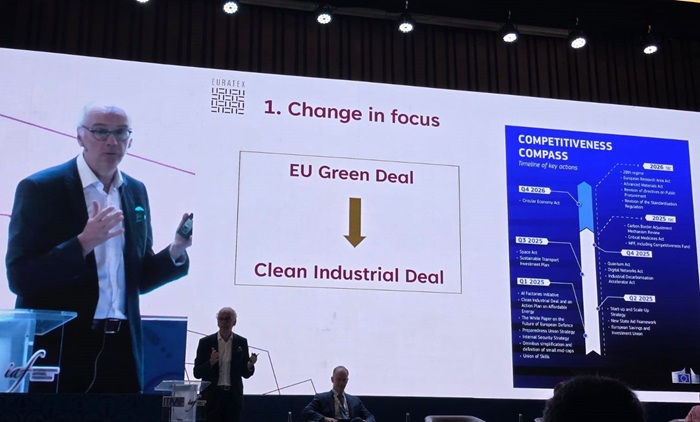FW
After Zimbabwe controversially deposed former white commercial farmers off their land and on the back of frigid relations with the western world, the country declared its ‘Look East Policy’ in 2003. The Zimbabwe government shifted its economic relations from the West to the East facing an embargo from the US by way of Zimbabwe Democracy and Economic Recovery Act (ZIDERA) of 2001 and European Union (EU) article 96 of 2002. This lead to disastrous consequences and the textile industry suffered the most from this policy.
Before the ‘Look East Policy’, Zimbabwe had a big and thriving textile industry, which at its peak used to employ over 24,000 employees. With the policy, many Chinese textile players would trade all kinds of textile materials. The Far East nations and China have advanced production methods and can afford to offer their products at better prices. Therefore, local textile companies started to face challenges. For example, where a locally made face towel would be sold at $5 in Zimbabwe, Chinese dealers would sell the same at $1. The downward spiral soon started affecting an estimated 20,000 employees (83 per cent of the workforce) employed by textile firms lost their jobs in the twelve years that this policy has been in place. Production capacity utilisation, for these players has dipped below 10 per cent.
The downside of the policy spread to Cotton Production Industry too. The final straw was when the Cotton Company of Zimbabwe (COTTCO) applied for Judicial Management in November last year citing increasing debt burden, poor capacity utilisation and other viability challenges.
Bangladesh’s denim industry has taken to eco-friendly ways. They are taking measures to produce sustainable denim, applying methods and means to conserve energy and natural resources. The green system will help cut use of water by 92 per cent and energy by 30 per cent to produce a pair of jeans compared to conventional methods, according to textile experts. As per the new system, less chemicals are used, it helps avoid wastage of water, reduces carbon emission, and encourages use of recyclable raw materials. Moreover, cotton waste is reduced by up to 87 percent, thus easing emissions of carbon dioxide and other greenhouse gases generated through the burning of cotton.
In traditional methods, production of 60 degree heat is required and in sustainable method it can be done with 40 degree, says Shahidul Hasan, Director of Amber De. Also, Use of less water and chemicals will ultimately protect the environment. Chemicals and technology, which consumes less water and electricity to generate steams is being used now.
Mustafiz Uddin, Managing Director, Denim Expert, says environmental cause was becoming a major issue in the world. Thus, buyers are getting more attracted to green products and are ready to pay higher for products manufactured in an eco-friendly manner. Also, the Denim Expo to be held in November this year would be broadly discussing the newly introduced term ‘sustainable denim’ to encourage industry people to go on with the system.
Cambodia's workers unions are demanding higher wages, which, according to the country’s Garment Manufacturers Association (GMAC) is creating problems for the industry and may lead to a decline in buyers, factories and jobs. US companies are potential buyers, led by the American Chamber of Commerce. GMAC said that Walmart, Target, and New Balance, recently visited the country, where they raised concerns about labour’s demands to form unions easily under a new law currently being drafted. Labour leaders, meanwhile said that they would continue demanding higher wages as workers struggle to earn a livelihood under the current $128 per month minimum wage. They would also continue to demand changes to the union law, they added. Ken Loo, GMAC’s secretary-general, though says the law will create ‘chaos’ if it is drafted according to unions’ demands.
However, unions have fought to prevent the drafting of a law written to help factories, and it has been changed in parts after several meetings with the Ministry of Labour. For example, a provision barring union leaders with criminal records has been struck down. Also, now, 10 workers in a factory must support a union for its formation rather than 25 per cent of workers. Besides, the mandatory age for union membership has been lowered to 18 from 25. However, unions must still file financial reports for their members, and send a copy to the Ministry of Labour.
Loo, while talking about the consequences of the unions’ demands told VOA Khmer that their demands for higher wages may ultimately drive factories away, which means good’s price would increase and they could go to other countries that are cheaper than Cambodia.
At Pakistan's cotton market, buyers have started building their inventories to keep their mills running till the end of this month. A bullish sentiment has been building up in the local market even though the general condition of cotton on the international market is lackluster and local yarn prices are sluggish.
In Karachi, there was increased demand for cotton because both mills and exporters were buyers. It is foreseen that domestic cotton prices will remain firm till the end of this month. Thereafter, demand and supply phenomenon is likely to guide the market. Due to reported increase in the number of ginning factories, ginners are competing for the purchase of seed cotton.
An apparent shortage of seed cotton is resulting in the rise of domestic prices. However, a better visualisation of the current crop size will be available by the end of this month. The Karachi Cotton Association feels the most efficient way to compensate growers facing adverse conditions is by providing direct subsidy on the basis of acreage sown, as is practiced in other countries. This would not only ensure direct benefit to growers without any middlemen or malpractice but will also help to minimise losses to the government.
Nandan Denim's net sales for the first quarter of 2015-16 were higher by six per cent over the same period of the previous quarter. During the quarter, 14 per cent of the company’s revenues came from export markets. As of now, it exports to 28 countries. Ahmedabad-based Nandan Denim is part of the Chiripal Group, which is currently diversified across several businesses like textiles, petrochemicals, chemicals, packaging, infrastructure and education.
Nandan Denim is India’s second largest integrated denim fabric manufacturer. It began operations in 1994 with textile trading and forayed into textile manufacturing in 2004. It currently manufactures denims, cotton fabrics and khakis. It has worked out a capacity expansion plan to strengthen its domestic market share and expand its export business with an increased focus on value-added segments. Post expansion, it will become the largest denim manufacturer in the country and the fourth largest in the world.
The company is investing towards creation of technology and manpower competence to build a brand that would be synonymous with consistent quality and timely delivery. Major CAPEX orders have already been finalised and civil activities are in full swing. The company expects to commission complete facilities in the first quarter of 2017.
www.nandandenim.com/
The China-Australia Free Trade Agreement (ChAFTA) is vitally important for cotton growers, their employees and the rural communities they support. More than 99 per cent of Australia’s cotton crop is exported, much of it to China. The agreement would deliver important tariff cuts that would greatly benefit cotton growers. Unfavorable weather conditions in Australia have subdued cotton production for the past two years. Growers in many areas have been hard hit, so the passing of the FTA would be a shot in the arm for them and the industry as a whole.
Around 65 per cent of the annual Australian cotton crop is exported to China. Australian cotton exports to China are more than the combined value of Australia’s exports to the United States, Germany, the United Kingdom, South Korea, France, Canada and all of South East Asia. Australian farmers across all sectors rely on trade and international markets to generate $42.4 billion for the Australian economy each year, with $9 billion in earnings from China alone.
China is Australia’s largest export market for both goods and services, accounting for nearly a third of Australia’s total exports, and a growing source of foreign investment. The China-Australia Free Trade Agreement was signed in June 2015.
Six readymade Bangladesh garment factories have been upgraded to international standards by Alliance as they have finished all correction work. Alliance for Bangladesh Worker Safety is a North American buyers’ association. In the absence of effective government monitoring, brands and retailers are taking greater responsibility for fire and building safety. In some factories, safety issues are so serious that inspectors have recommended that production be suspended because of risk to workers.
Inspections are an important first step in making factories and workers safe, but they are not enough. There is no authoritative figure for the number of factories producing for the export market. One estimate is that there are some 1,800 factories but this is felt to be too low and another guess is that it could be closer to 5,000 or 6,000 factories and facilities.
Indirect sourcing plays a big role in meeting the demand for high volumes of low cost garments. Indirect sourcing is not necessarily a bad practice but subcontracting facilities have to be kept under watch, and there is little evidence that this is happening in practice. Conducting inspections and identifying factory safety hazards are important. But brands and retailers should work with Bangladeshi manufacturers, the government of Bangladesh, foreign governments, and development organisations to advance a comprehensive approach – underwritten by significant funding – to upgrade the entire export garment sector.
Algerian-Turkish joint venture Tayal aims to meet local clothing demand. Tayal will invest an estimated 150 billion dinars (1.3 billion euros) and the project will commence in November, 2015. The industrial project will be carried out in accordance with the 51/49 rule governing foreign investment in the country. The shareholders of the JV are public enterprises Apparel & Clothing (30 per cent) and Texalg (21 per cent) from the Algerian side. The Turkish company Intertay, a subsidiary of Turkish group Taypa holds the remaining 49 per cent stakes. The aim, to meet the local demand for clothing with 40 per cent of its production for the domestic market.
This textile complex also has a training school and is expected to generate more than 25,000 jobs. As per Federation National textile and leather, it also tends to revive a moribund sector between 1990 and 2000 affected by the disappearance of more than 25 businesses and 250 000 jobs. Moreover, since the 2000, the sector has been facing competition from Chinese textiles. The project partners plan to allocate 60 per cent of the production exported. Work will begin in November 2015 and should be completed by 2018.
Vietnam's fledgling wool manufacturing industry is all set to buy greasy wool from the Australian Wool Innovation (AWI). The organisation identified Vietnam, one of the fastest-growing exporters of textile products, to set up a supply chain, three years ago. Jimmy Jackson, AWI general manager of product development and commercialisation says the aim was to create new business opportunities in different geographical areas, and reduce Australia's heavy reliance on China.
Jackson said Vietnam was politically stable, had skilled textile workers although they were using synthetics rather than wool, pending free trade agreements, which now are signed with Japan, Korea, the European Union, the European Union Satellite Countries, and was close to signing the Trans-Pacific Partnership. The country also hss low labour costs, almost one-third of China.
The spin-off from AWI's presence in Vietnam is a new market for Australian Merino garments. Jackson said that they called the campaign ‘Out of Vietnam’ because they thought it was a manufacturing base and it would all be exported. He added that they didn’t expect wool to be used in a country there the temperature is often 42C degrees in the shade. However, he added that in North Vietnam, a couple of months around Christmas and Tet (Vietnamese new year), the temperature drops quite significantly.
India's knitwear exports to Japan made up just 0.3 per cent of the total knitwear products imported by the country in 2014. Interestingly, India enjoys duty free access to Japan. Indian knitwear exporters need to come out with innovative designs that suit the taste of Japanese. They have to improve product quality and display better adherence to delivery schedules.
Though Chinese textile exporters do not enjoy duty free access in Japan, almost 80 per cent of the total range of textile products imported into Japan is from China. India's share in wovens garments to Japan stands at 1.45 per cent. It is not just pricing that works in Japan, the color and design for a particular season is very important. Fashion trends in Japan change every 40 days. By the time Indian exporters ship the readymade garments, they are already out of season in Japan.
One way out is for Indian apparel makers to seek the help of Japanese fashion designers who can offer color and fabric forecasts to help Indian apparel exporters understand Japan’s changing styles in clothing. And as it happens, Japan is trying to reduce its dependence on Chinese clothing. India can seize this opportunity to make inroads.












